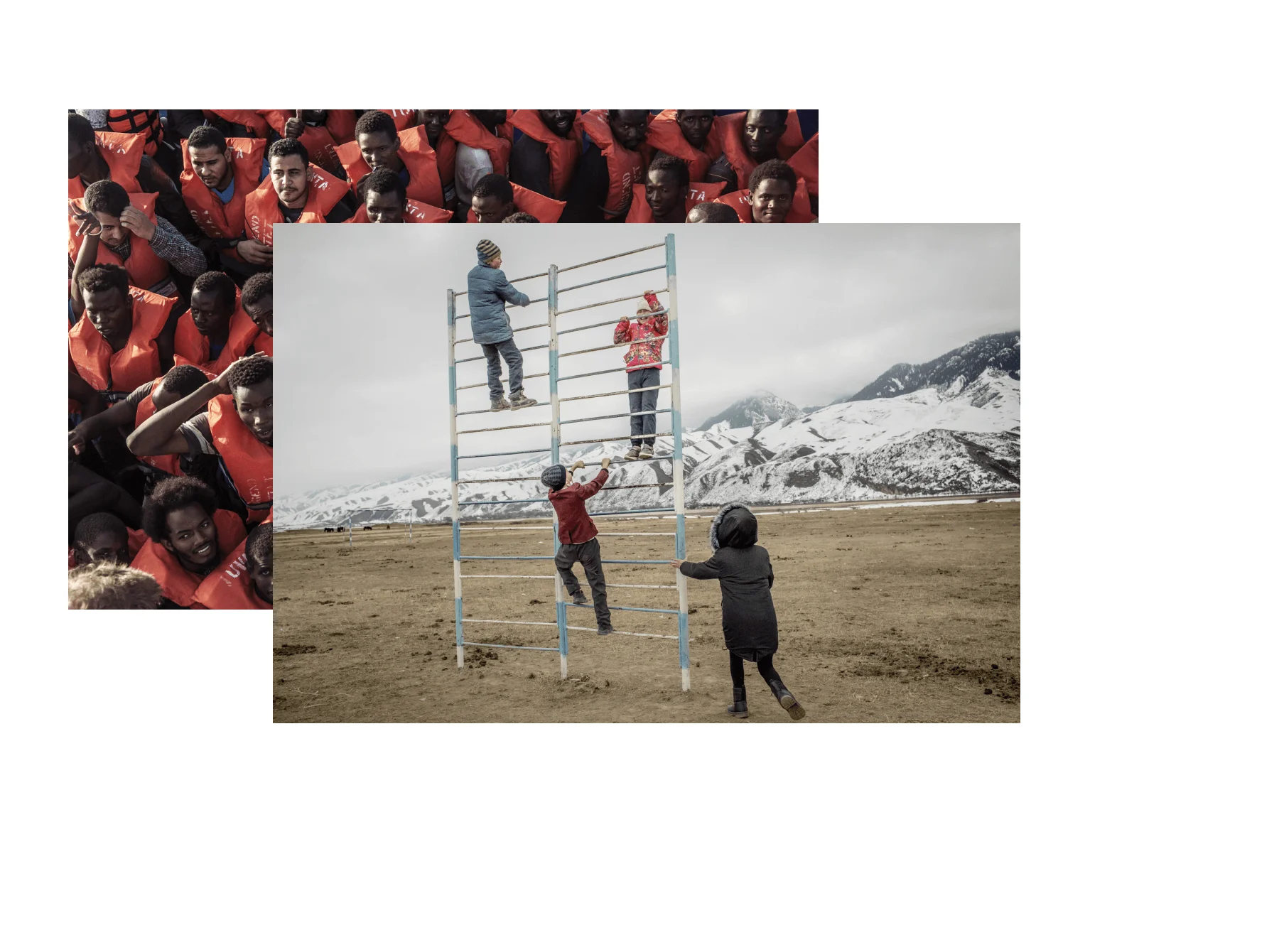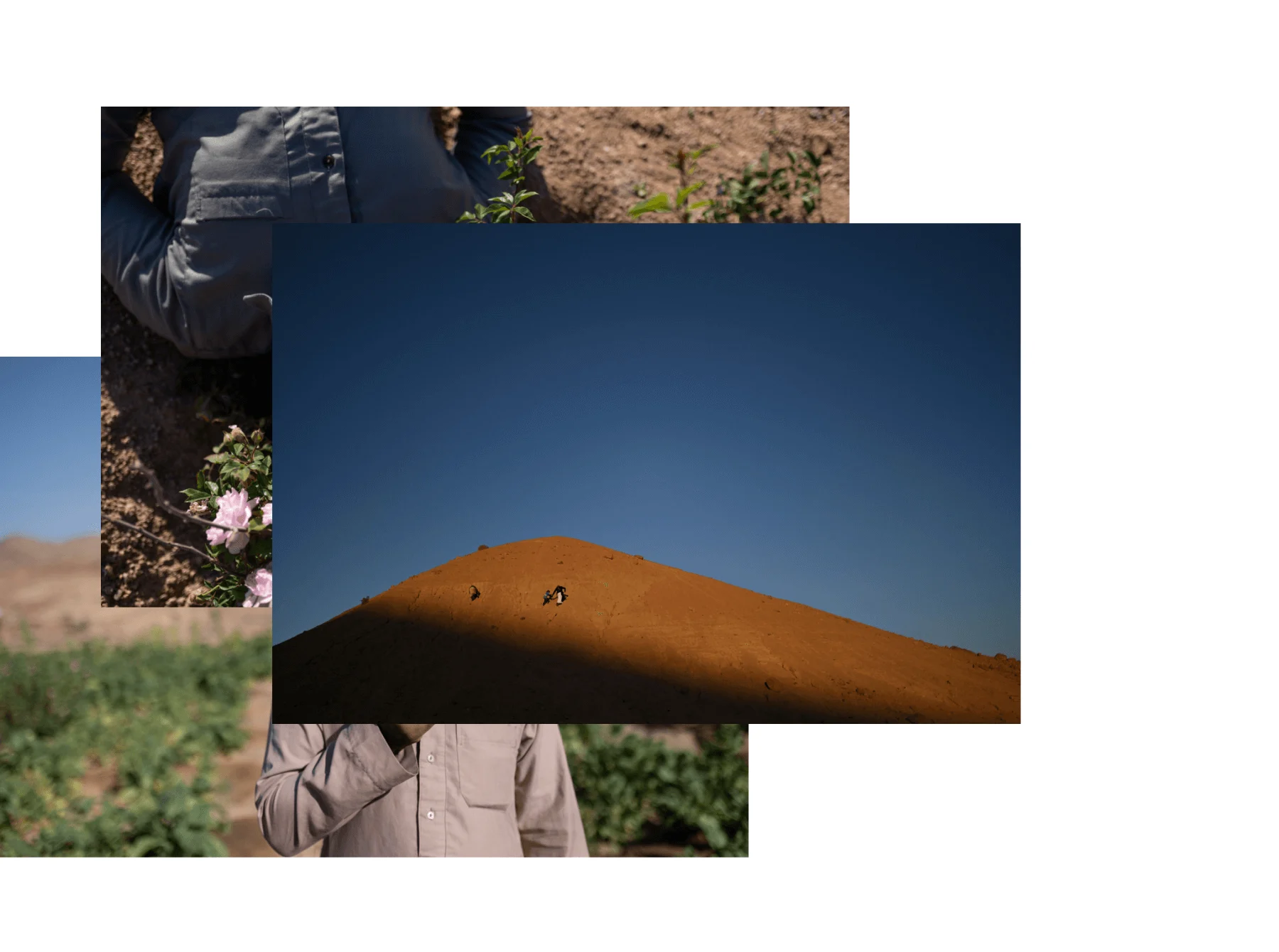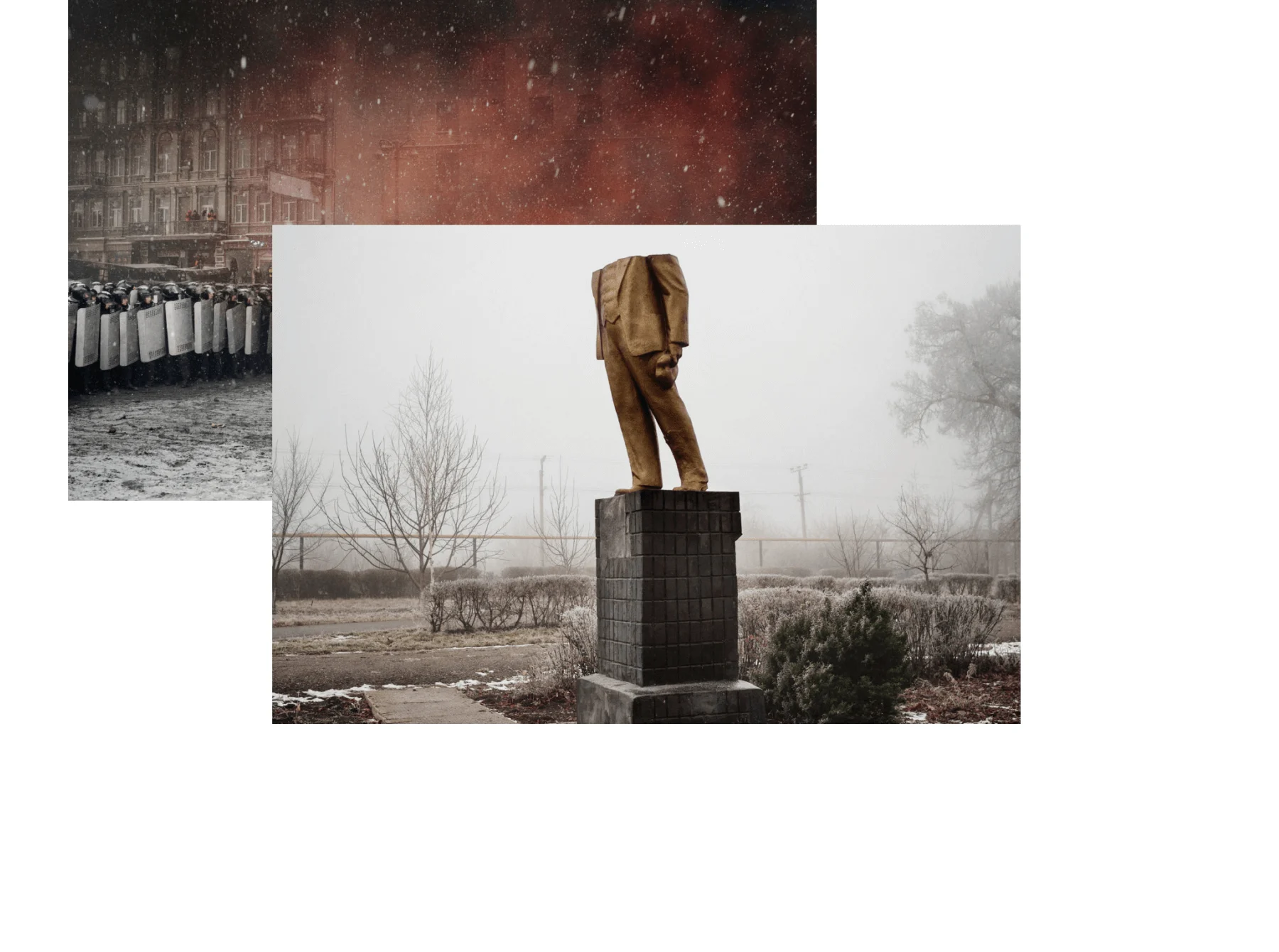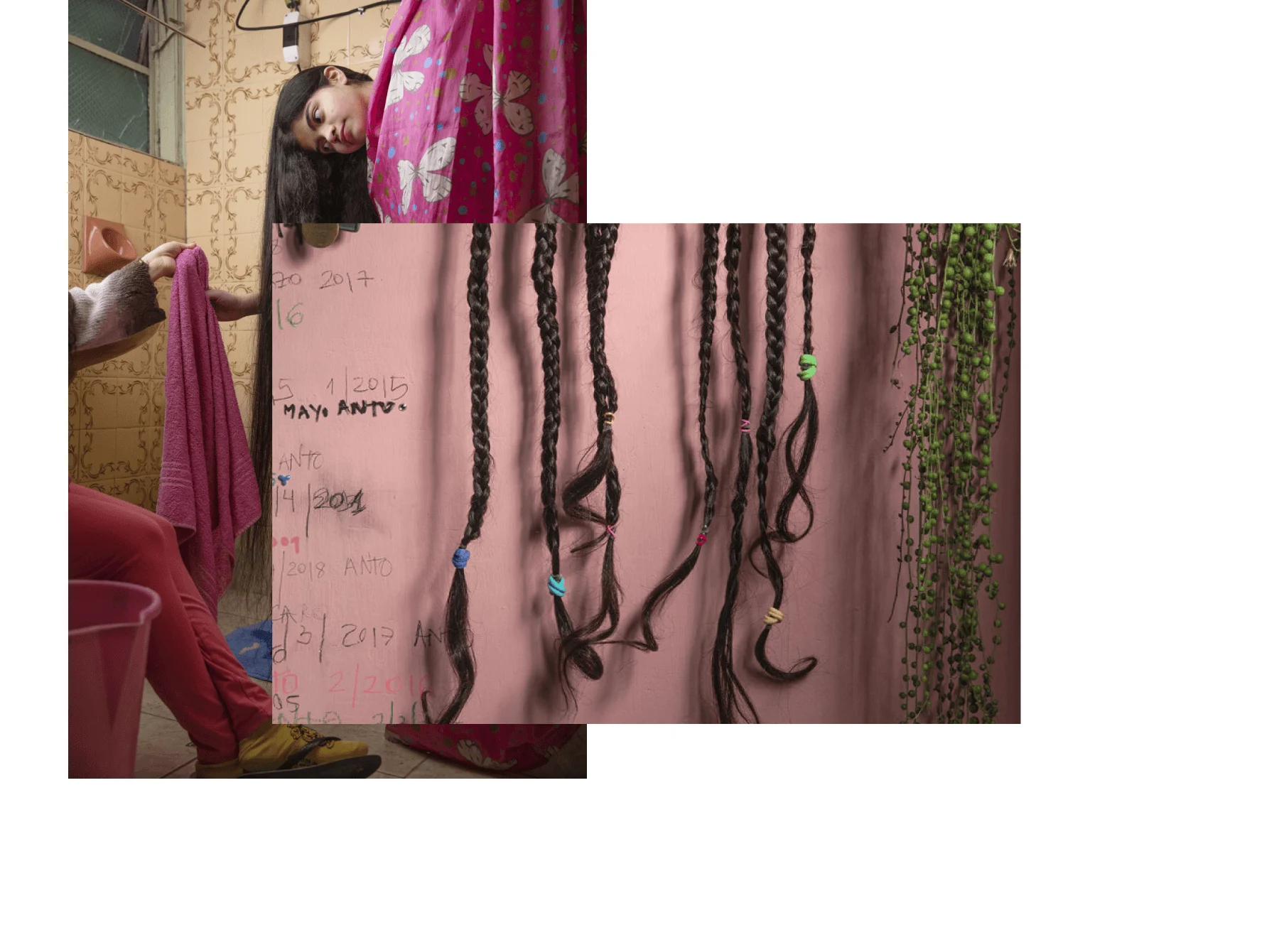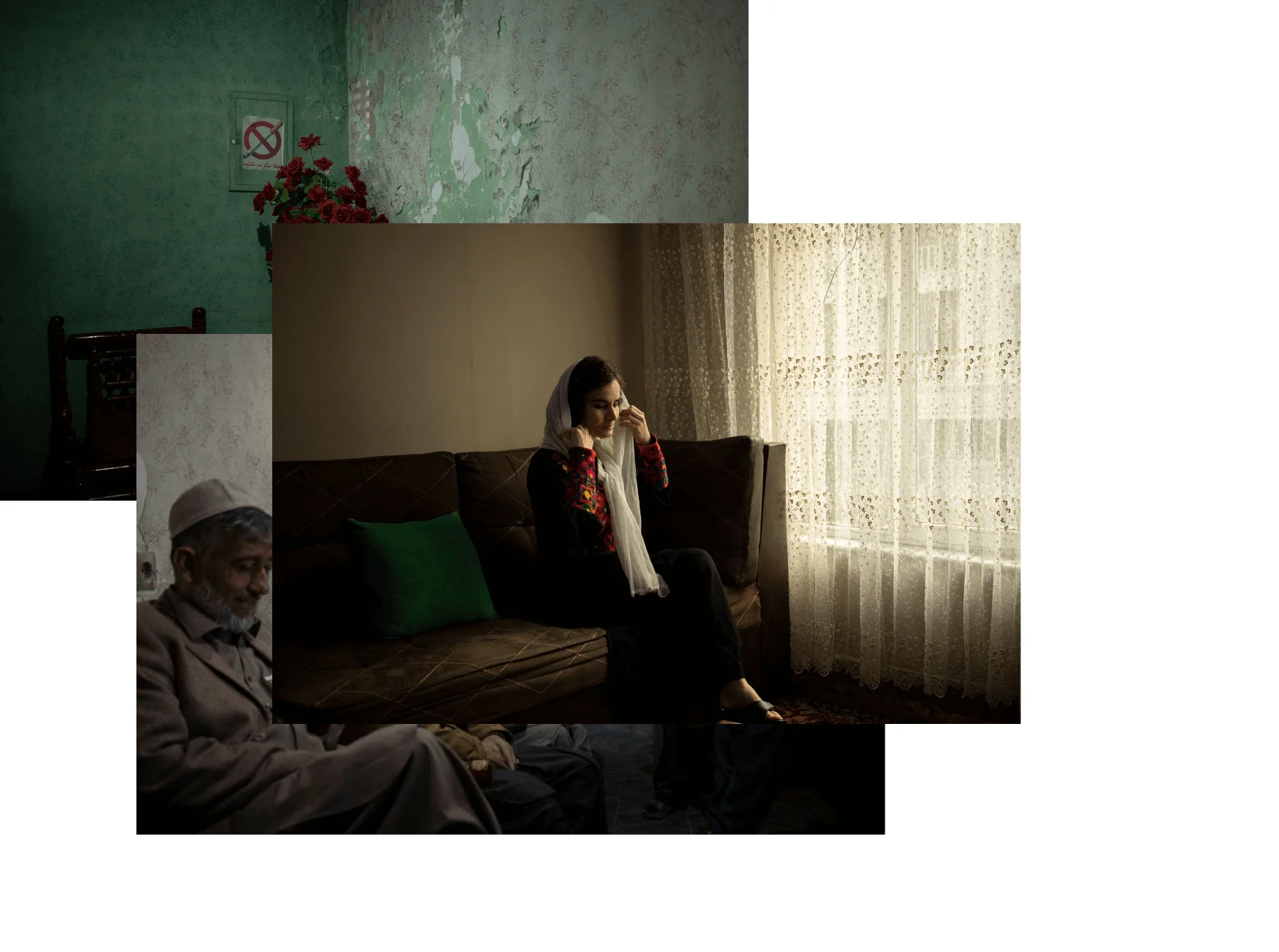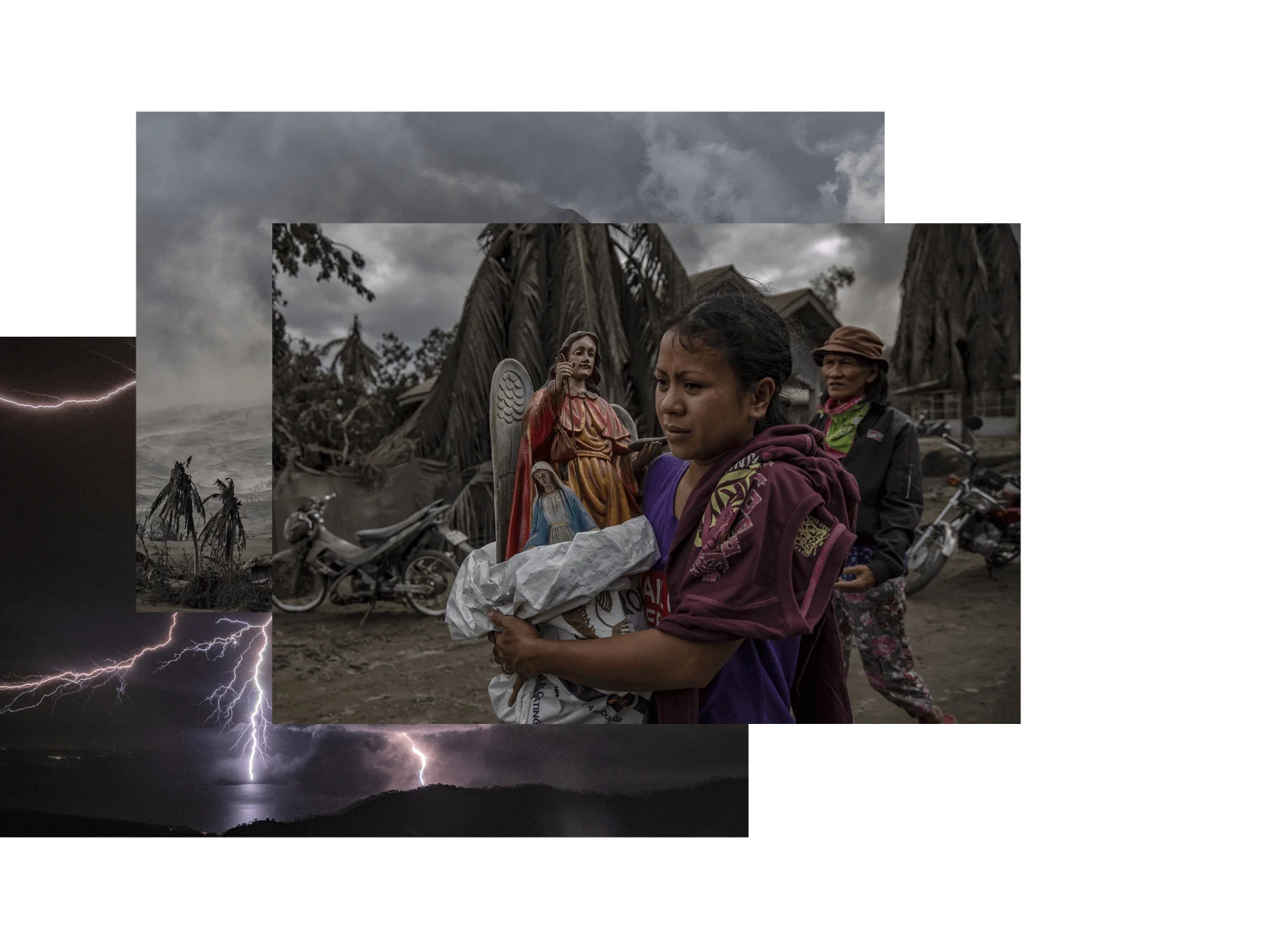
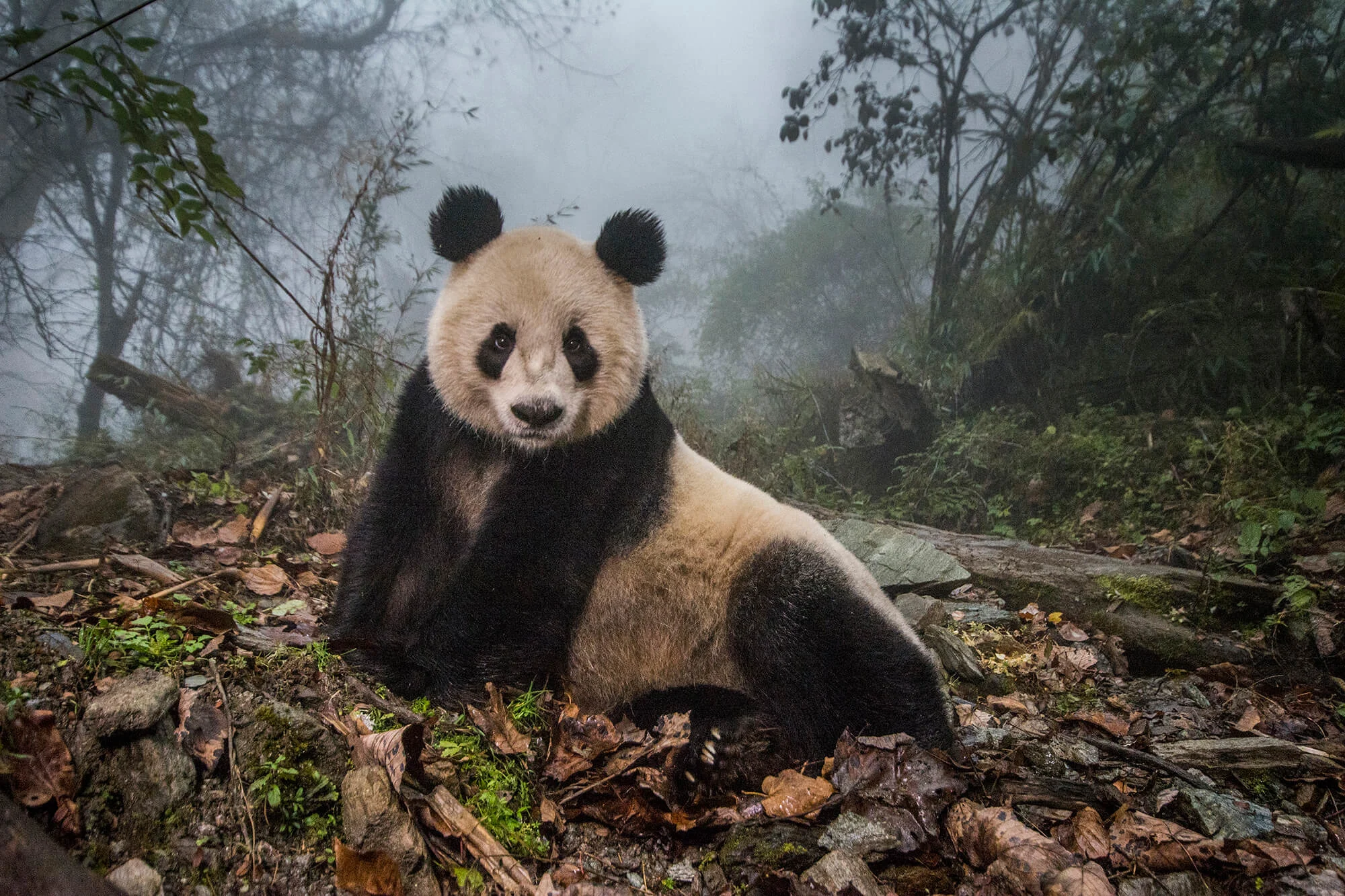
American photographer Ami Vitale dedicates her craft to telling stories that really matter. From Kenya to Kashmir, she travels the world shooting for a whole raft of leading magazines. Pandas Gone Wild was a National Geographic feature showing how specialist centers in China are using pioneering breeding programs to help save this national icon.
Since 2016, we’ve partnered with the World Press Photo awards to tell the stories behind the best photojournalism around, in the photographers' own words. See the whole series here.
I began my career covering conflicts and my job was to illuminate them and deliver what the editors wanted for the audience. I covered Africa and the Middle East, Afghanistan, Kosovo, Kashmir and places you may never have heard of like Casamance in West Africa.
All of them were equally nasty and the reason for going was to show the audience the brutality that exists. As journalists, our role is to expose those dark corners of the world, but I believe we also have an obligation to illuminate the things that unite us as human beings and bring us together.
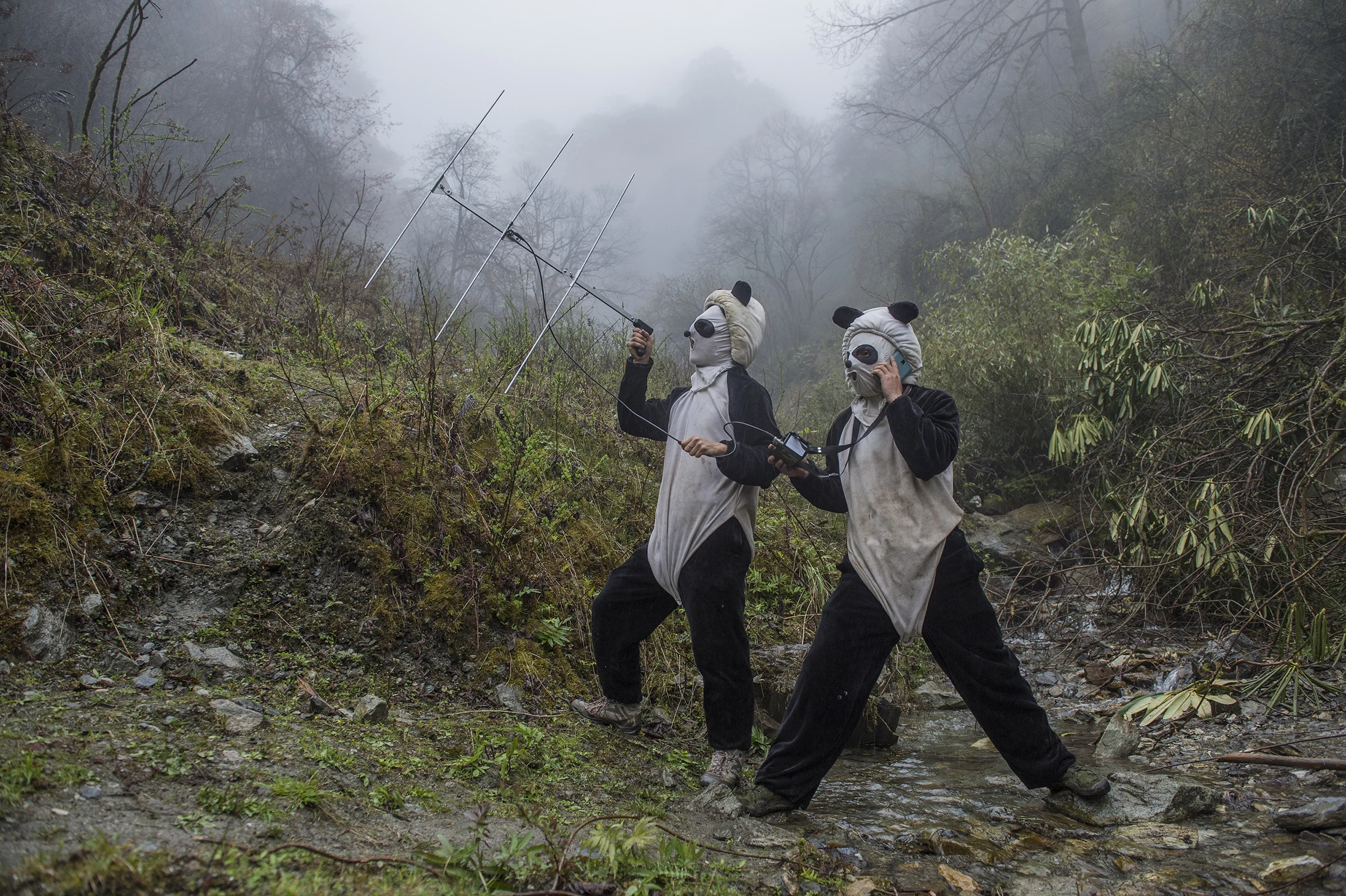
Photography can empower us as individuals, as communities and as cultures. There are a lot of great stories to tell on this planet, and I am working hard to find the commonalities because those are the stories that can really endure.
Saving nature is really about saving ourselves. For the last 18 years I've been covering issues primarily about women, poverty, health and security. And, I didn’t realize it at that time, but all of these issues are really issues about nature. The irony is, very little of what I photograph is nature or landscape.
Stories about the natural world are always stories about people. You cannot talk about one without the other.
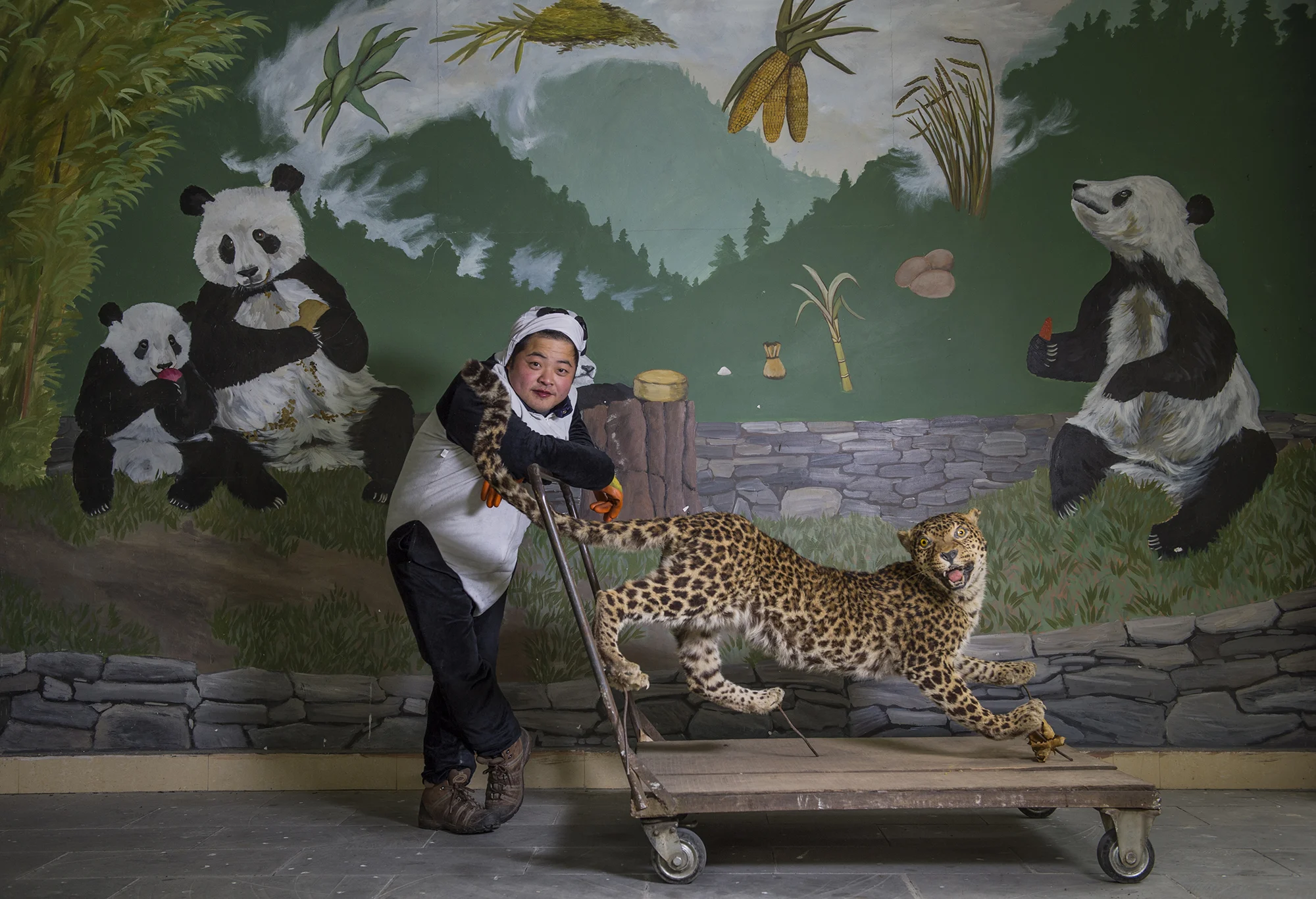
The biggest challenge was getting access. With only a few thousand in the world, the Chinese treat it as a national symbol and each panda is closely guarded and watched. They are multi-million dollar bears that everyone treats with kid gloves, and they are highly vulnerable. Getting close without interfering with their biology and conservation, in a way that is acceptable to its very protective minders, was challenging.
I built a strong rapport with the Director of the China Research & Conservation Center for the Giant Panda. It took perseverance, five trips and three years to pull off this story.
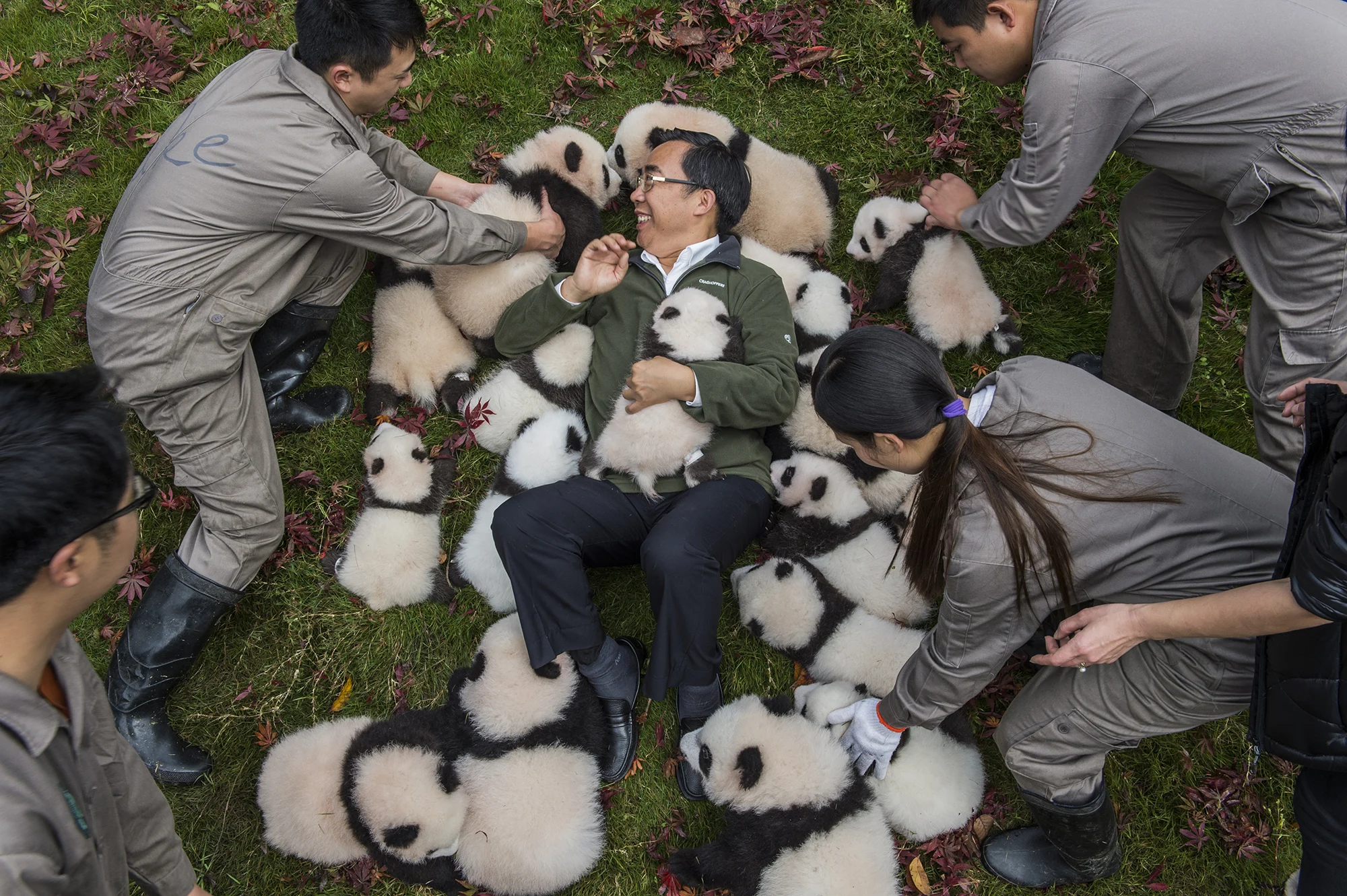
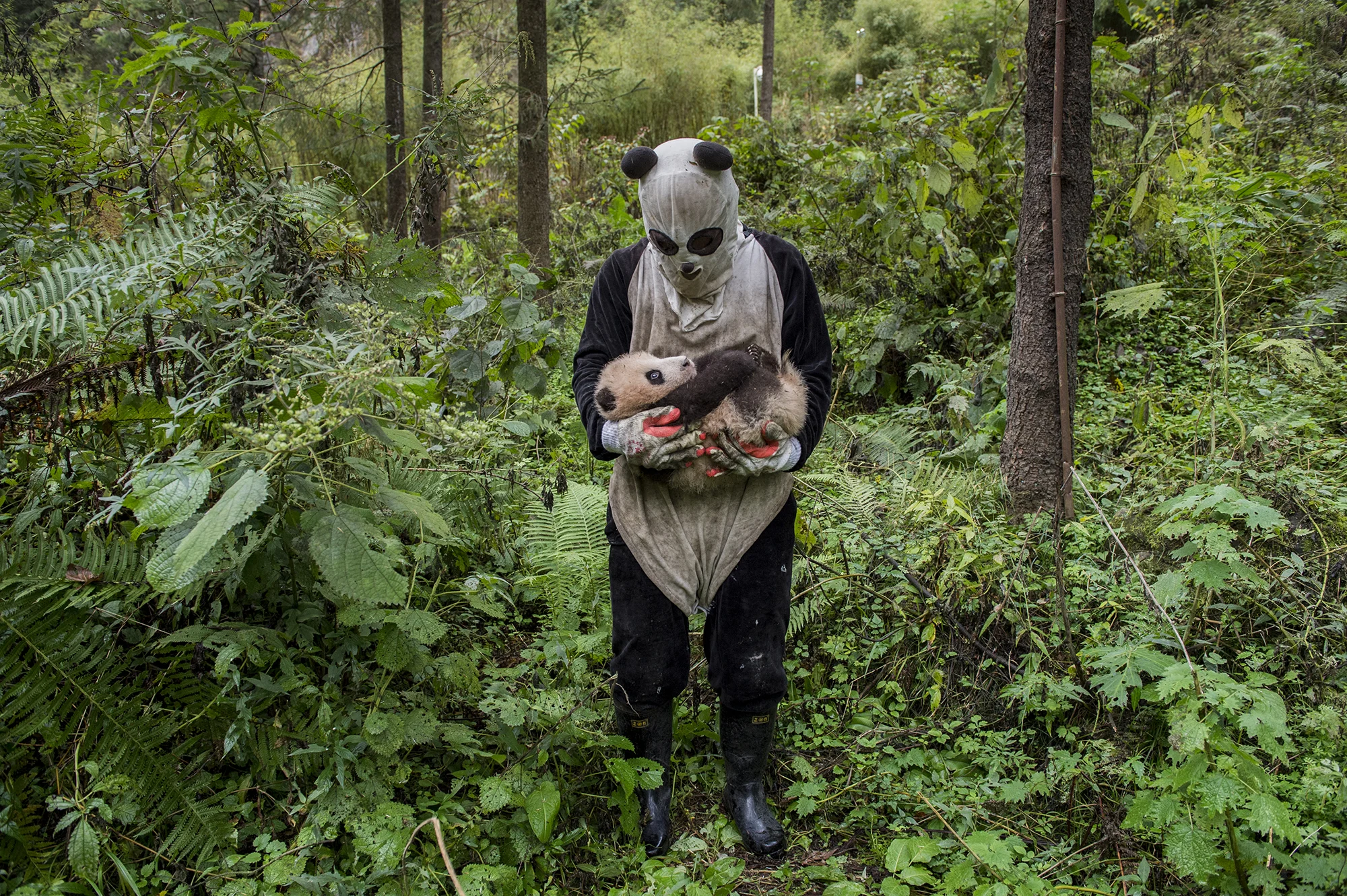
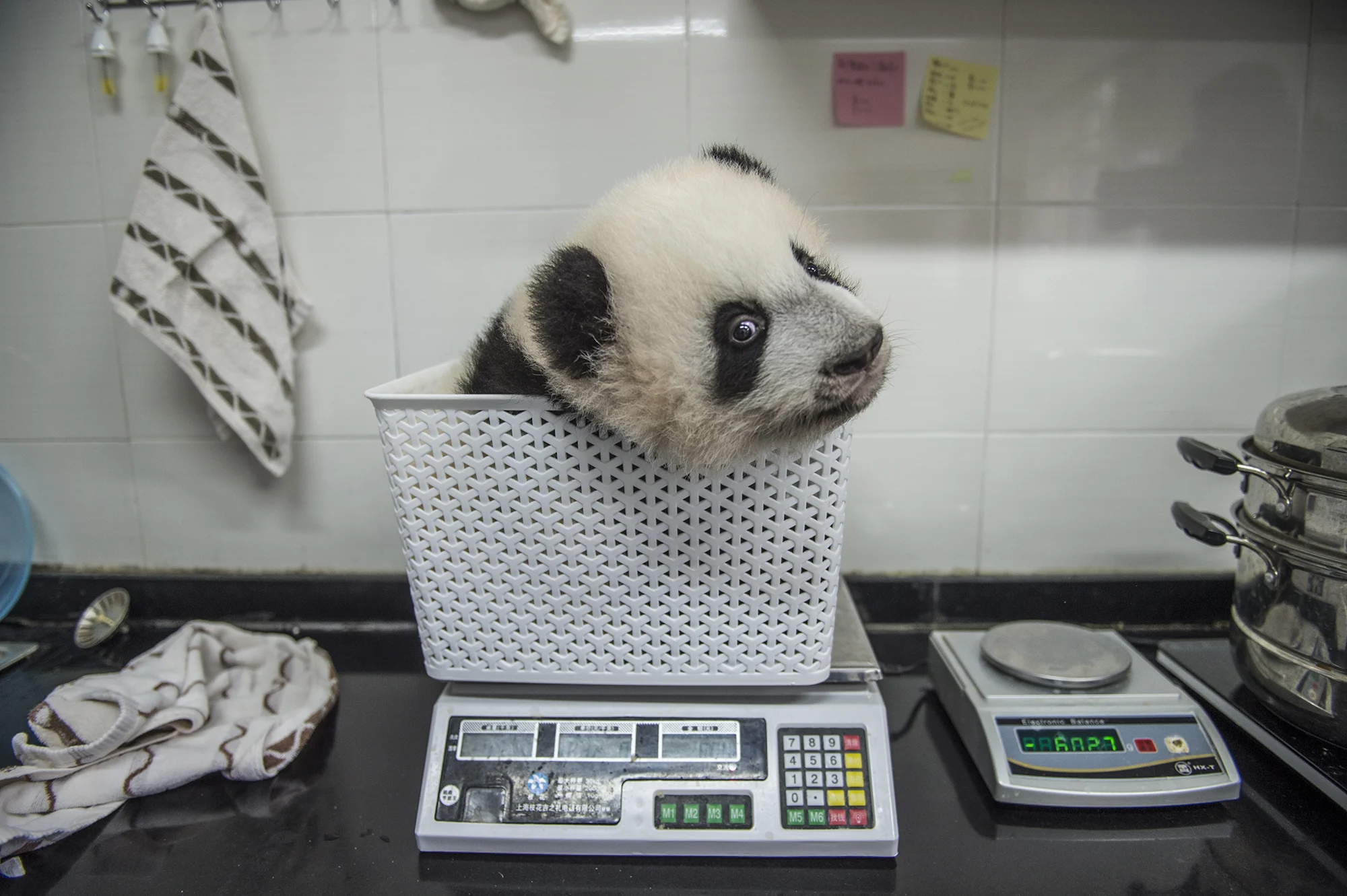
Photographing the pandas required enormous patience, and also the desire and ability to try to make unique frames that hadn’t been seen before of one of the most photographed animals in the world. These are still wild animals with teeth and claws.
I recognized this was a unique story, that in a region where we are so used to only hearing bad environmental news, the giant panda proved to be a glimmer of hope for the future.
Interestingly, the panda was taken off the endangered species list one month after publishing the story. We need to hear these success stories to motivate and inspire us to do more.







